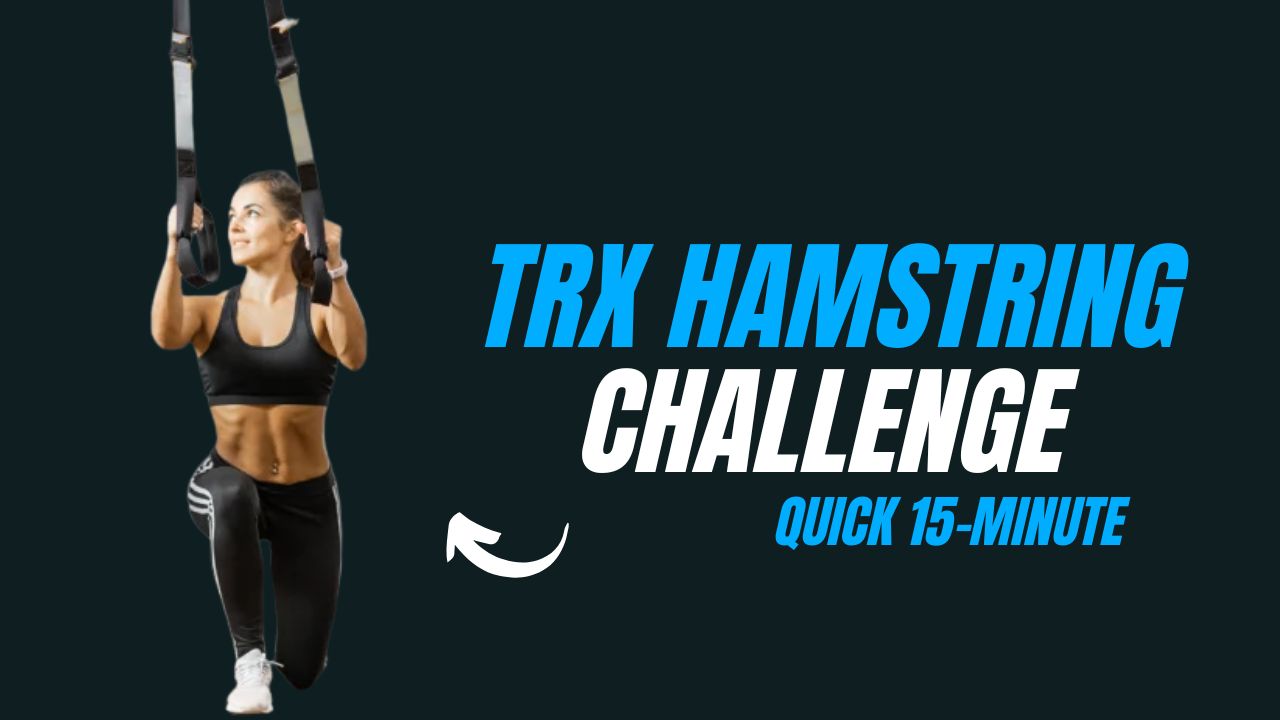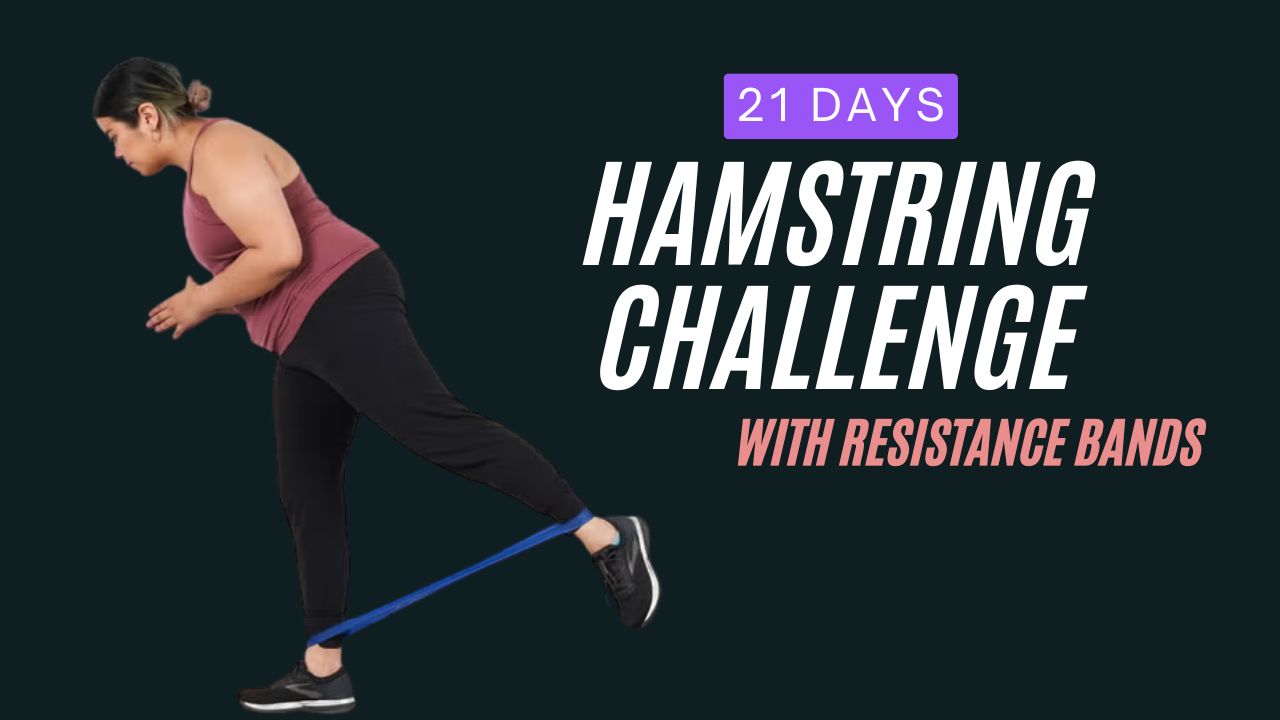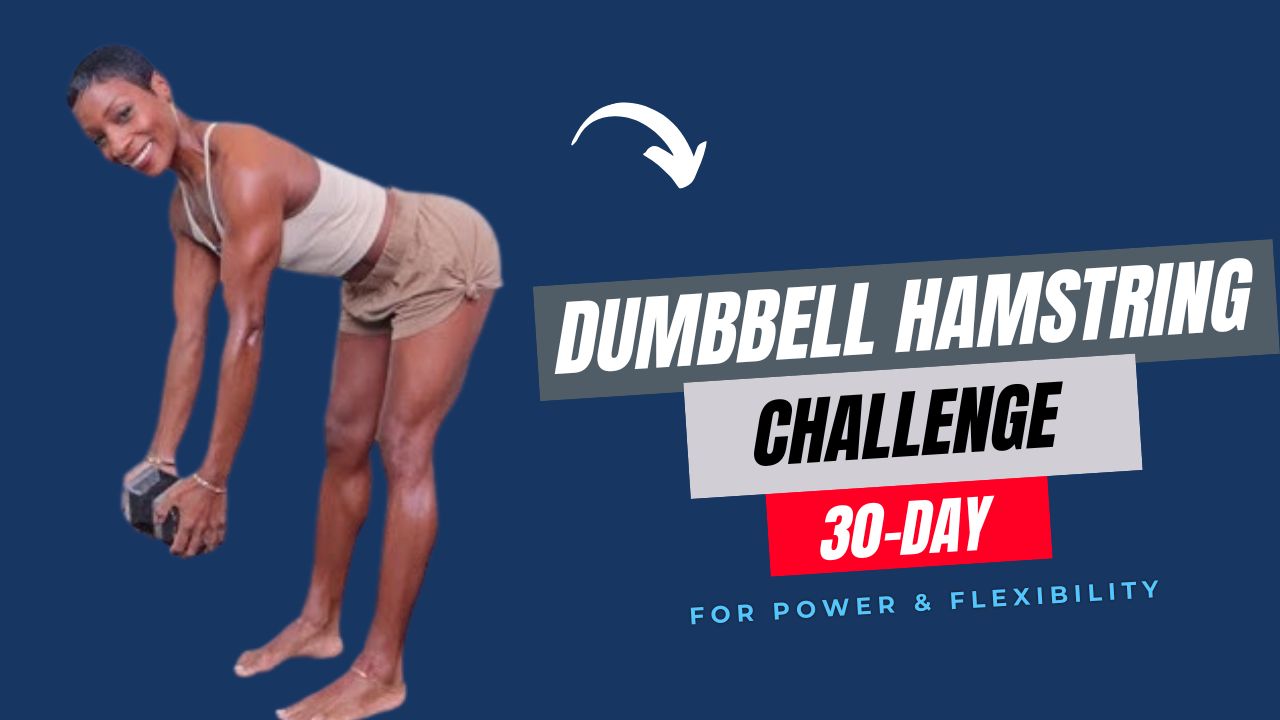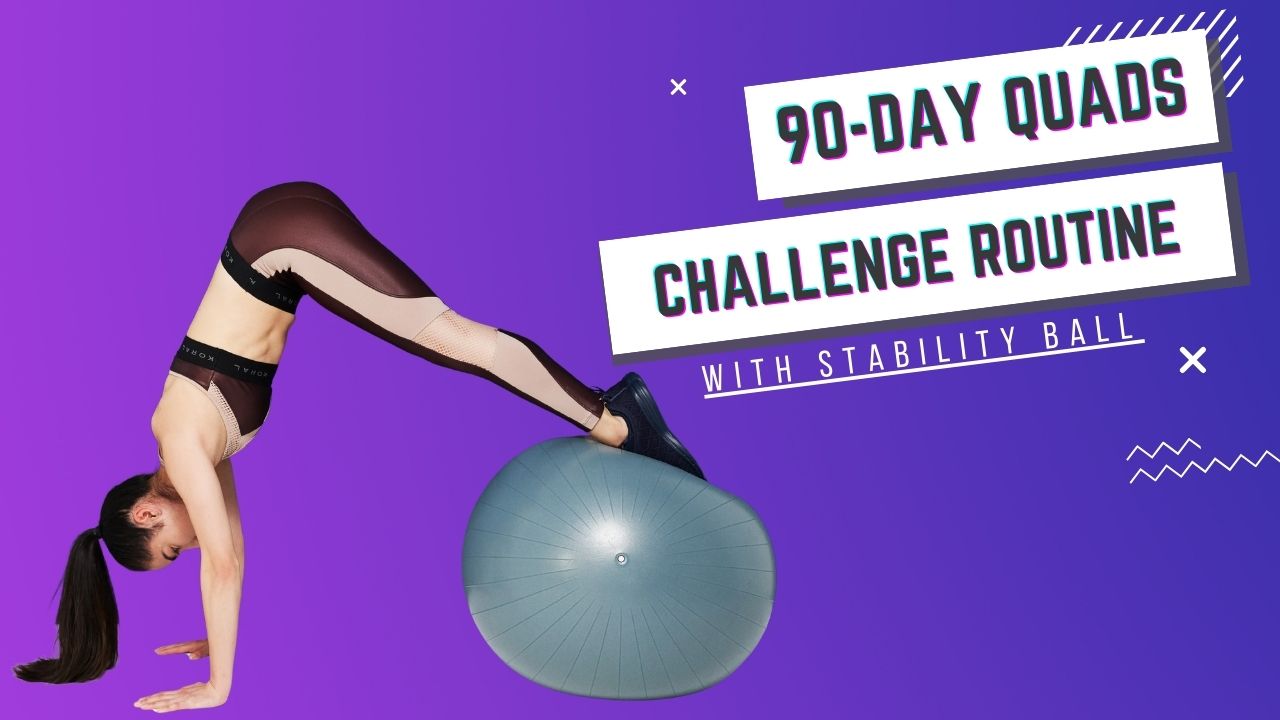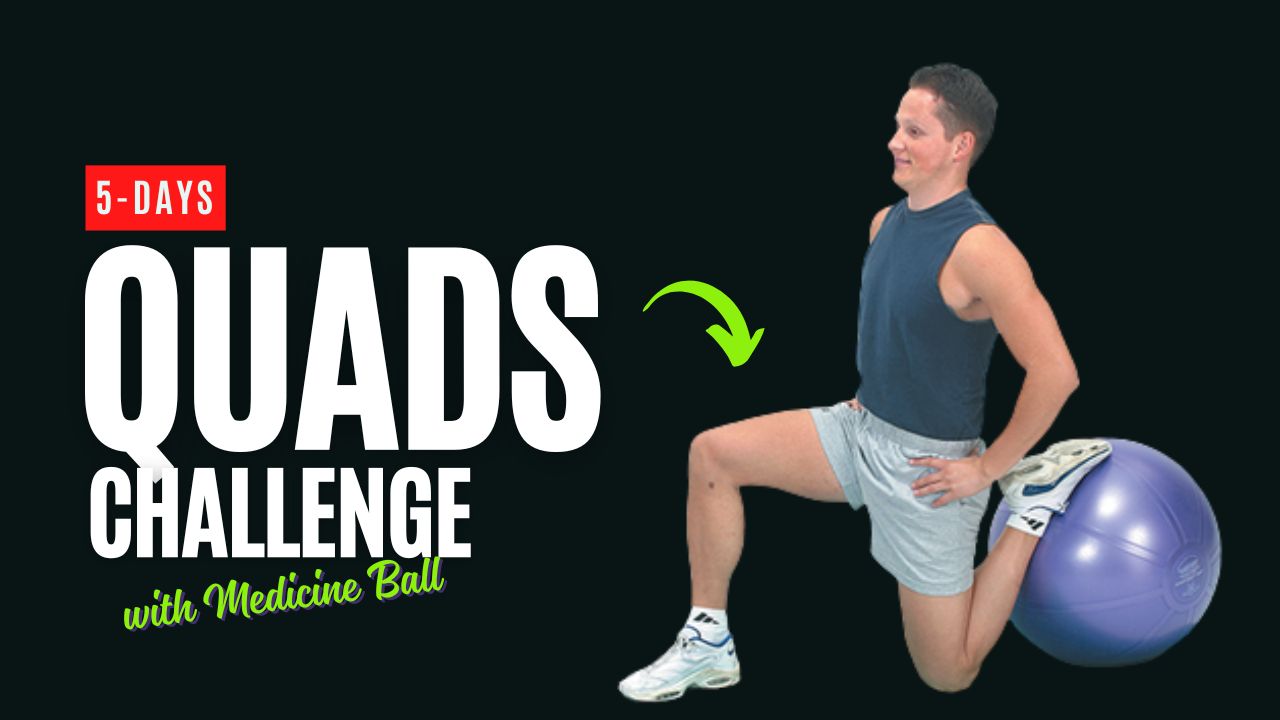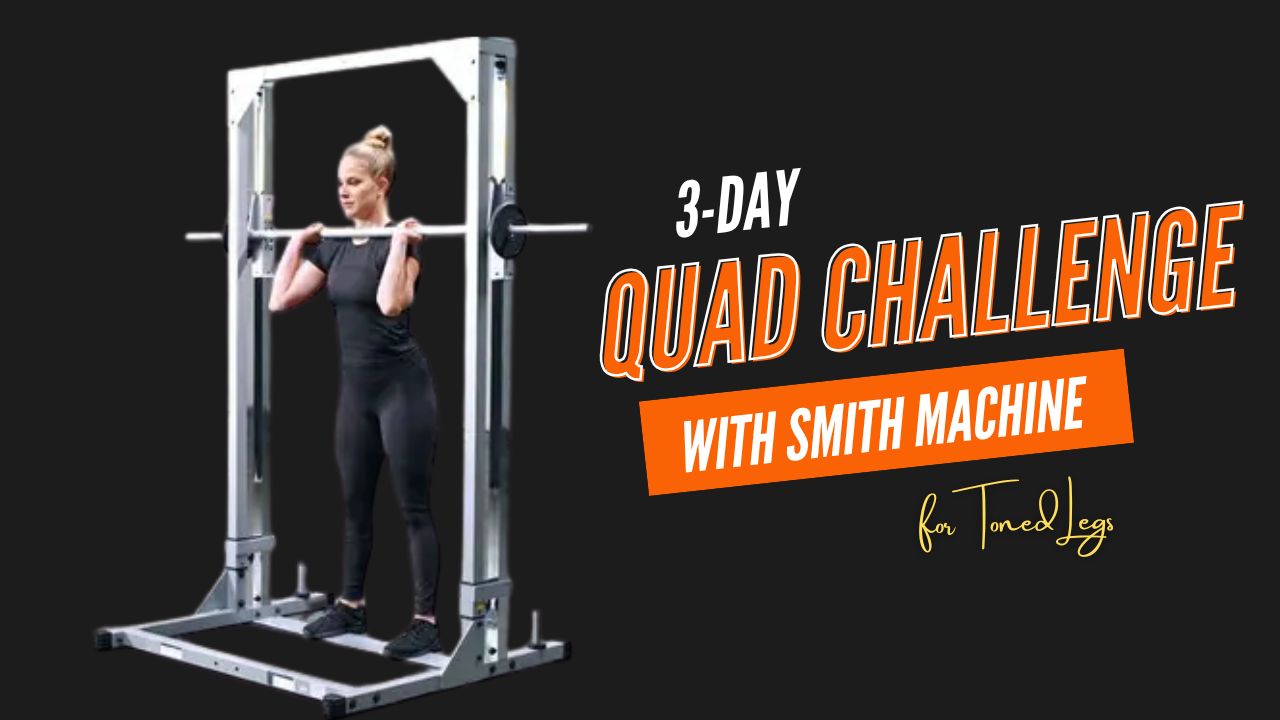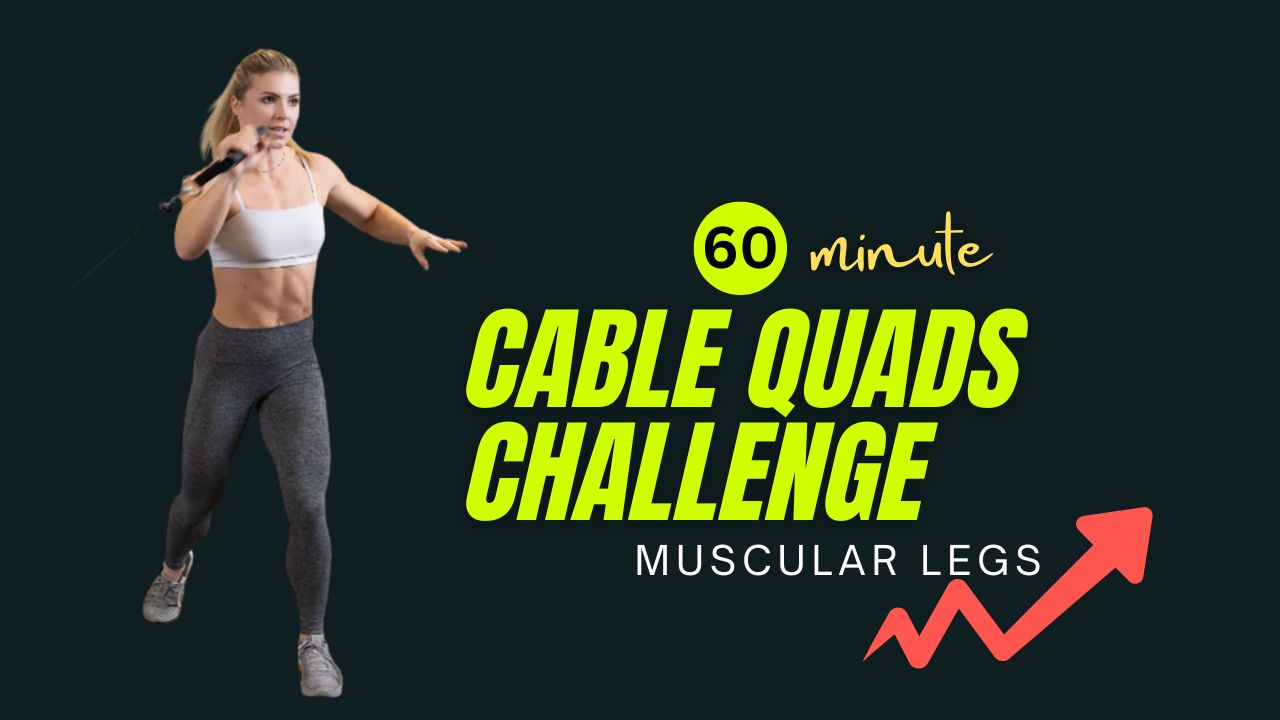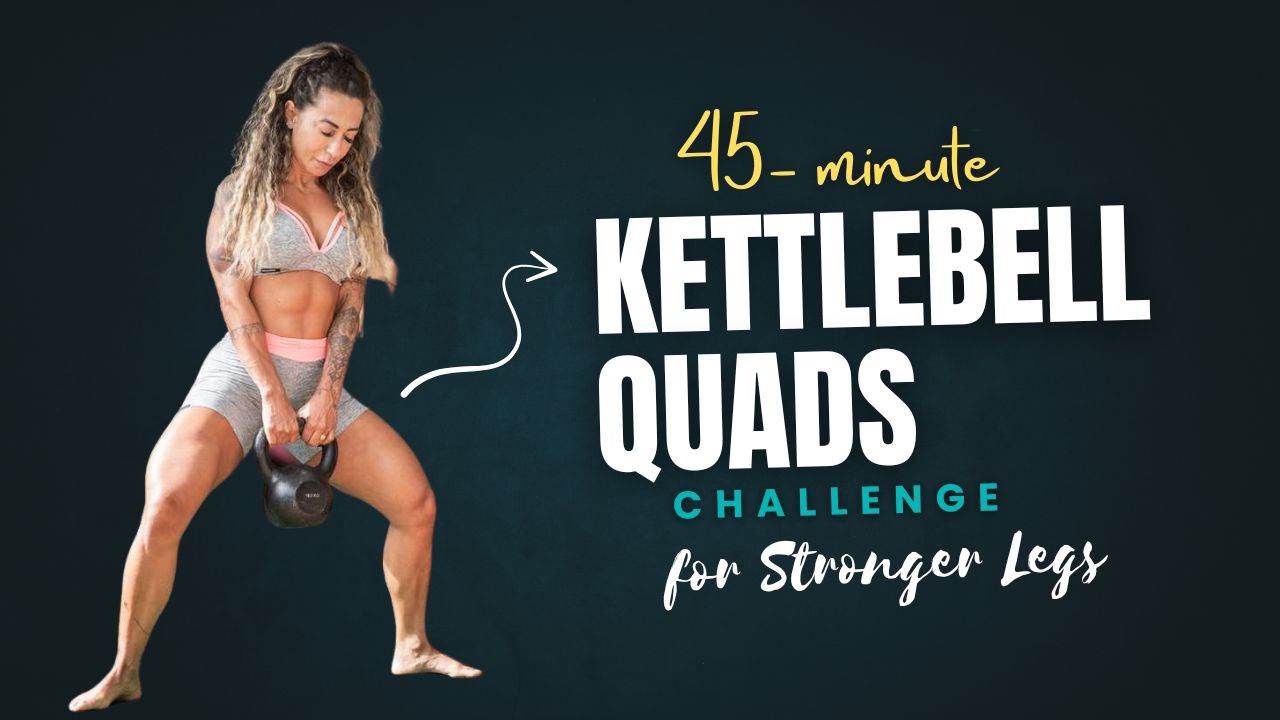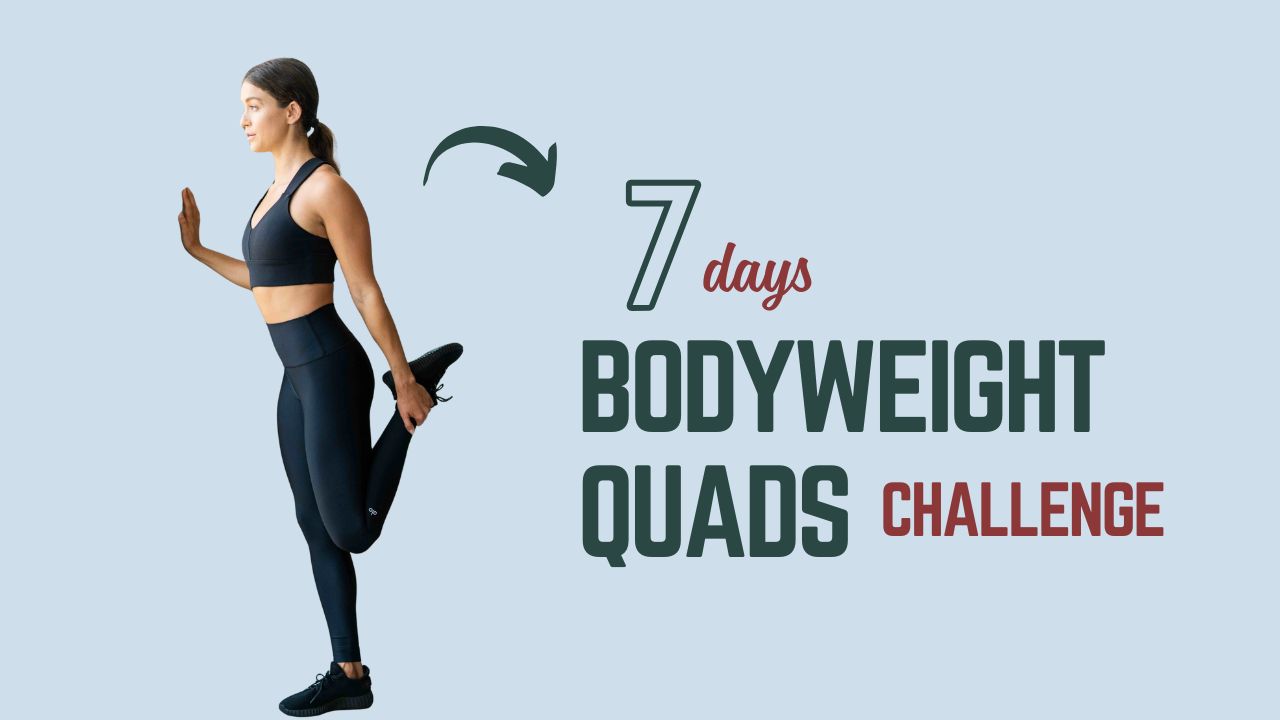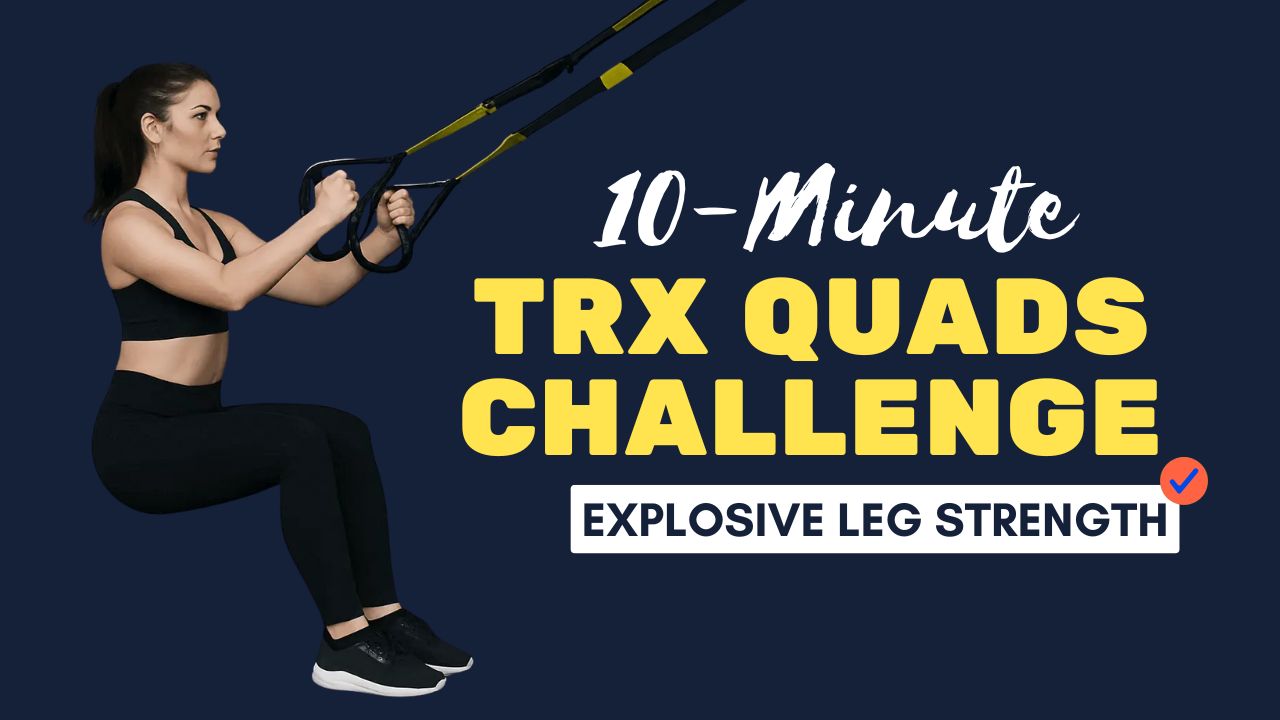When most people think of “core training,” they immediately picture six-pack abs. But the truth is, your core is far more than just your abdominal muscles—it’s the foundation of nearly every movement your body performs.
A strong core improves balance, enhances athletic performance, protects your spine, and even makes everyday tasks like bending, lifting, and sitting easier.
Here’s the fascinating part: research shows that people with stronger core muscles experience less risk of lower back pain and maintain better posture throughout life.
In fact, many athletes consider core strength their “hidden advantage” because it allows them to transfer power more efficiently through the entire body.
And the best news? You don’t need fancy gym equipment or hours of crunches to train your core effectively. With just 15 minutes a day of smart bodyweight movements, you can build stability, strength, and functional power right at home.
In this guide, we’ll walk through a complete 15-minute bodyweight core workout, step by step. Each exercise includes:
- What it does (muscle focus + benefit)
- How to perform it safely and effectively
At the end, you’ll find a 15-minute workout challenge routine in a table format so you can put it all together.
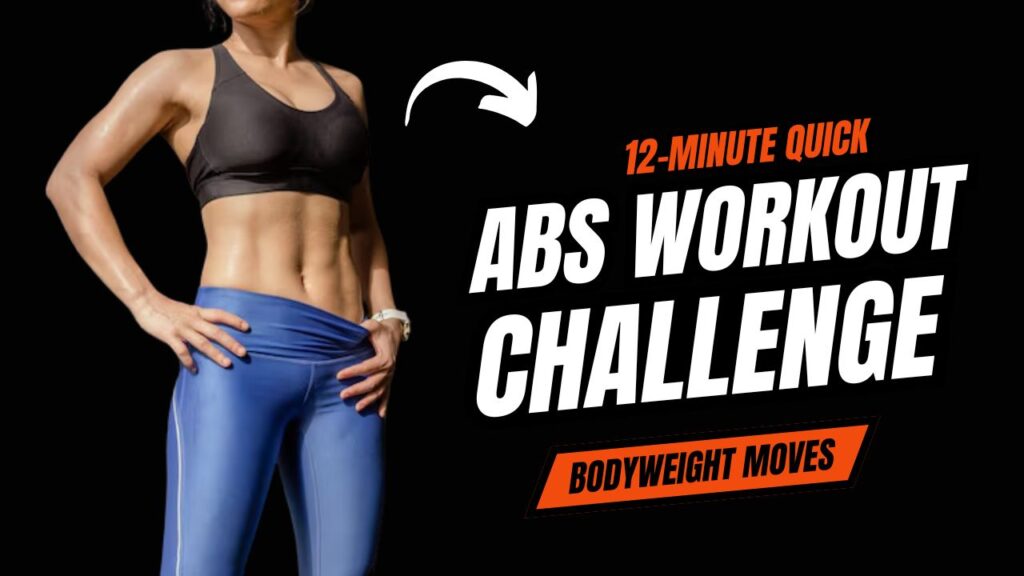
Table of Contents
Why Core Training Matters More Than You Think
Before diving into the workout, let’s clear up a few myths.
- Myth 1: Core = Abs only
Your core isn’t just your abs. It includes your obliques (sides), lower back, pelvic muscles, and even your glutes. Together, these muscles form a “corset” that stabilizes your body. - Myth 2: Crunches alone will get you a strong core
Crunches work only a small section of your abdominal muscles. True core training targets multiple planes of movement—flexion, extension, rotation, and stabilization. - Interesting Fact: Core strength has a direct link to balance. In one study, older adults who improved core strength reduced their risk of falls by up to 30%.
Now let’s explore the exercises that make up this 15-minute routine.
What Can Happen After 30 Days of This Core Workout
| Positive Changes | Why It Happens |
|---|---|
| Improved core strength and stability | Consistent activation of abs, obliques, and lower back muscles builds endurance and strength. |
| Better posture | Stronger core muscles support the spine, reducing slouching and encouraging upright posture. |
| Reduced risk of lower back pain | A stable core provides better spinal support, lowering strain on the back. |
| Increased balance and coordination | Core muscles work with hips and shoulders, improving overall body control. |
| Noticeable improvement in workout performance | Stronger core translates into better results in running, lifting, or sports activities. |
| Tighter, more toned midsection | While not always visible as six-pack abs, muscle tone and firmness increase with consistent effort. |
| More energy and confidence in daily activities | Everyday movements like bending, twisting, and lifting become easier and safer. |
Do’s and Don’ts of Core Training
| Do’s | Don’ts |
|---|---|
| Maintain proper form in every exercise (straight spine, engaged core). | Don’t rush through movements just to finish quickly. |
| Start with shorter holds/reps if you’re a beginner, then progress gradually. | Don’t overdo it daily—core muscles need rest to recover. |
| Focus on breathing: exhale during effort, inhale on release. | Don’t hold your breath, as it increases unnecessary pressure. |
| Engage the entire core (abs, obliques, lower back, glutes) for balanced strength. | Don’t rely only on crunches—they work only a small part of the core. |
| Warm up before and cool down after to avoid injury. | Don’t skip stretching; tight muscles can reduce mobility and stability. |
| Combine this routine with cardio and nutrition for visible abs. | Don’t expect six-pack abs from core training alone. |
The 15-Minute Core Workout: Bodyweight Exercises
1. Plank Hold
Why it works: The plank is the king of core stability. It strengthens your deep abdominal muscles (transverse abdominis), shoulders, and lower back, all without movement.
How to do it:
- Start in a push-up position with your forearms on the ground, elbows aligned under your shoulders.
- Keep your body in a straight line from head to heels—avoid sagging hips or raised buttocks.
- Engage your core by pulling your belly button toward your spine.
- Hold for 20–60 seconds, breathing steadily.
2. Dead Bug
Why it works: This move enhances coordination and teaches your body how to stabilize the core while your arms and legs move. It’s excellent for protecting the lower back.
How to do it:
- Lie flat on your back with arms extended toward the ceiling and knees bent at 90 degrees.
- Slowly lower your right arm overhead while extending your left leg out straight.
- Keep your lower back pressed to the floor throughout the movement.
- Return to the start and repeat with the opposite arm and leg.
- Perform 8–12 reps per side.
3. Russian Twists
Why it works: Targets the obliques and improves rotational strength, crucial for sports and daily activities that involve twisting.
How to do it:
- Sit on the ground with knees bent and heels lightly touching the floor.
- Lean back slightly to engage your core, keeping your spine straight.
- Clasp your hands together and twist your torso to the right, then to the left.
- One full twist (right + left) counts as one rep.
- Perform 12–20 reps.
Did you know? Rotational core exercises like twists help athletes in sports ranging from tennis to golf generate more power.
4. Leg Raises
Why it works: Strengthens the lower abdominal muscles and helps with hip mobility.
How to do it:
- Lie flat on your back with legs extended.
- Place your hands under your hips for support.
- Keeping legs straight, lift them up until they’re vertical.
- Slowly lower them down without letting your heels touch the floor.
- Perform 10–15 reps.
5. Mountain Climbers
Why it works: This is a dynamic move that combines cardio with core stability. It engages the abs, obliques, and hip flexors while elevating your heart rate.
How to do it:
- Start in a high plank position.
- Drive your right knee toward your chest, then quickly switch legs.
- Continue alternating legs in a running motion while keeping your hips low.
- Perform for 20–40 seconds.
6. Side Plank
Why it works: Targets the obliques and improves lateral core strength, which is often neglected in traditional workouts.
How to do it:
- Lie on your right side with your forearm on the ground, elbow under your shoulder.
- Stack your legs and lift your hips off the ground, forming a straight line from head to feet.
- Hold for 20–45 seconds per side.
- Repeat on the opposite side.
7. Bird Dog
Why it works: Builds balance, coordination, and spinal stability while engaging both the core and back muscles.
How to do it:
- Start on all fours with hands under shoulders and knees under hips.
- Extend your right arm forward and left leg backward simultaneously.
- Keep your hips square and core tight.
- Hold for 2–3 seconds, then return to starting position.
- Switch sides and repeat for 8–10 reps per side.
8. Hollow Body Hold
Why it works: A gymnast-inspired move that challenges your entire core by keeping constant tension.
How to do it:
- Lie flat on your back with arms overhead and legs extended.
- Lift your shoulders and legs a few inches off the floor, keeping your lower back pressed down.
- Hold this position while breathing deeply.
- Aim for 20–40 seconds.
9. Glute Bridge (Bonus Move for Core & Stability)
Why it works: While primarily a glute exercise, it also strengthens the lower back and pelvic core muscles, crucial for stability.
How to do it:
- Lie on your back with knees bent and feet flat on the floor.
- Press through your heels to lift your hips until your body forms a straight line from shoulders to knees.
- Squeeze your glutes at the top, then lower back down.
- Perform 12–15 reps.
The 15-Minute Core Workout Challenge Routine
Here’s how to structure these moves into a 15-minute workout. Perform them in a circuit style—move from one exercise to the next with minimal rest. After completing all exercises, rest for 1–2 minutes and repeat the circuit if time allows.
| Exercise | Duration/Reps | Rest Time |
|---|---|---|
| Plank Hold | 30–45 seconds | 15 sec |
| Dead Bug | 8–12 reps/side | 15 sec |
| Russian Twists | 12–20 reps total | 15 sec |
| Leg Raises | 10–15 reps | 15 sec |
| Mountain Climbers | 20–40 seconds | 15 sec |
| Side Plank | 20–30 sec per side | 15 sec |
| Bird Dog | 8–10 reps/side | 15 sec |
| Hollow Body Hold | 20–40 seconds | 15 sec |
| Glute Bridge | 12–15 reps | 15 sec |
Total Time: ~15 minutes (including rests)
Pro Tips for Success
- Focus on form over speed. A sloppy core exercise does more harm than good.
- Keep your breathing controlled—exhale on effort, inhale on relaxation.
- For beginners, shorten the holds and reps; for advanced, increase duration or add another round.
- Pair this core workout with a balanced fitness routine (strength, cardio, flexibility) for best results.
Conclusion: Building a Stronger Core Beyond 15 Minutes
Your core is the powerhouse behind every movement you make—whether it’s lifting a bag of groceries, sprinting across the field, or simply standing tall with good posture.
With this 15-minute bodyweight core workout, you’ve got a simple yet powerful tool to strengthen your abs, obliques, and lower back, all without equipment.
The key is consistency. Even if you only commit to this short session three times a week, you’ll start noticing improvements in balance, strength, and overall stability within a month. It’s not about doing endless crunches; it’s about working your core in smart, functional ways.
Challenge Continuation Idea: Take It to the Next Level
Once you’ve mastered this 15-minute core workout, challenge yourself to progress further:
- Week 1–2: Stick with the routine as it is, focusing on proper form.
- Week 3–4: Add a second round of the circuit to extend your workout to 20–25 minutes.
- Week 5+: Increase the hold times (plank, hollow body hold, side plank) by 10–15 seconds each week.
- Advanced Option: Combine this core routine with a short cardio or strength session for a 30-minute total-body workout.
This way, you’re not just repeating the same routine—you’re steadily pushing your limits, keeping workouts fresh, and ensuring long-term progress.
Frequently Asked Questions (FAQs)
Can a 15-minute core workout really be effective?
Yes. When done consistently, a focused 15-minute core workout can strengthen your abs, obliques, and lower back muscles. Short, intense bodyweight workouts improve stability, posture, and functional strength without requiring long hours at the gym.
How often should I do this core workout?
For best results, aim for 3–4 times per week. This frequency gives your core muscles enough stimulation to grow stronger while allowing recovery days in between.
Do I need equipment for this workout?
No equipment is required. All the exercises in this 15-minute routine are bodyweight moves, making it ideal for home workouts or when you don’t have access to a gym.
Will this workout help me get six-pack abs?
A strong core is the foundation for defined abs, but visible six-packs also depend on reducing body fat through a combination of exercise, nutrition, and overall calorie management. This routine strengthens your abs, but pairing it with balanced eating and cardio will help reveal them.
Is this core workout suitable for beginners?
Yes. Beginners can shorten the hold times (e.g., plank for 15–20 seconds instead of 30–45) and reduce reps. Over time, you can gradually increase intensity as your core strength improves.
Can I do this workout every day?
It’s possible, but not necessary. Core muscles, like any other, need recovery. Doing it every day may lead to overtraining. Instead, focus on 3–4 sessions per week and include other workouts like cardio, strength training, or flexibility work on alternate days.
Does core training help with back pain?
Yes. A strong core provides support to the spine, which can reduce or even prevent lower back pain. However, if you have chronic pain or injuries, consult a healthcare professional before starting any new exercise routine.
What’s the best time of day to do this workout?
There’s no “perfect” time—it depends on your schedule. Some people prefer mornings for energy, while others find evenings more convenient. What matters most is consistency.
How long will it take to see results from this routine?
With consistent training and proper nutrition, most people notice improved core strength, stability, and posture within 3–4 weeks. Visible abdominal definition may take longer depending on body fat percentage.
Can I combine this with other workouts?
Absolutely. This 15-minute core routine works well as a standalone session or as an add-on to strength, cardio, or flexibility workouts. It can also serve as a warm-up or finisher.
